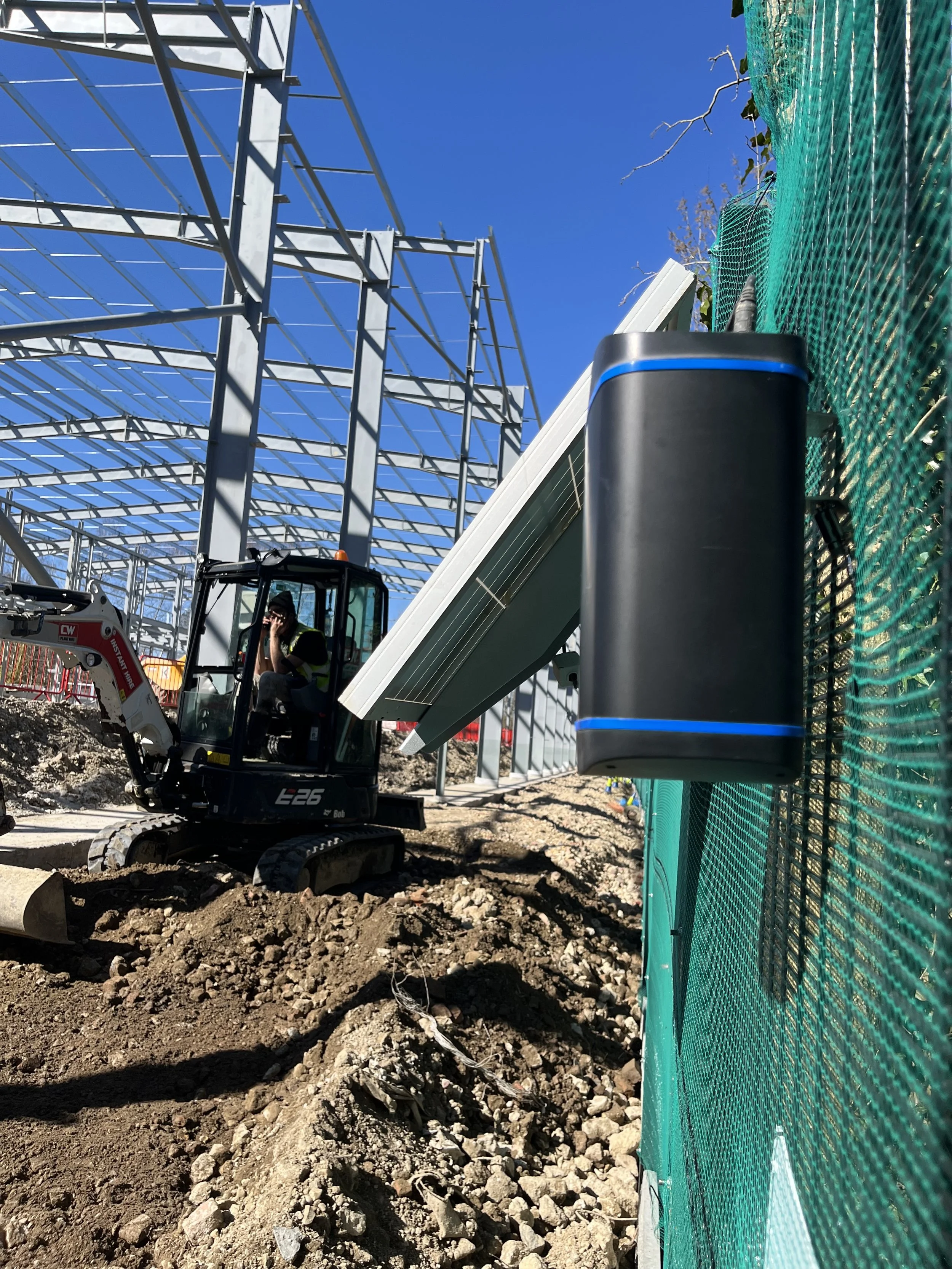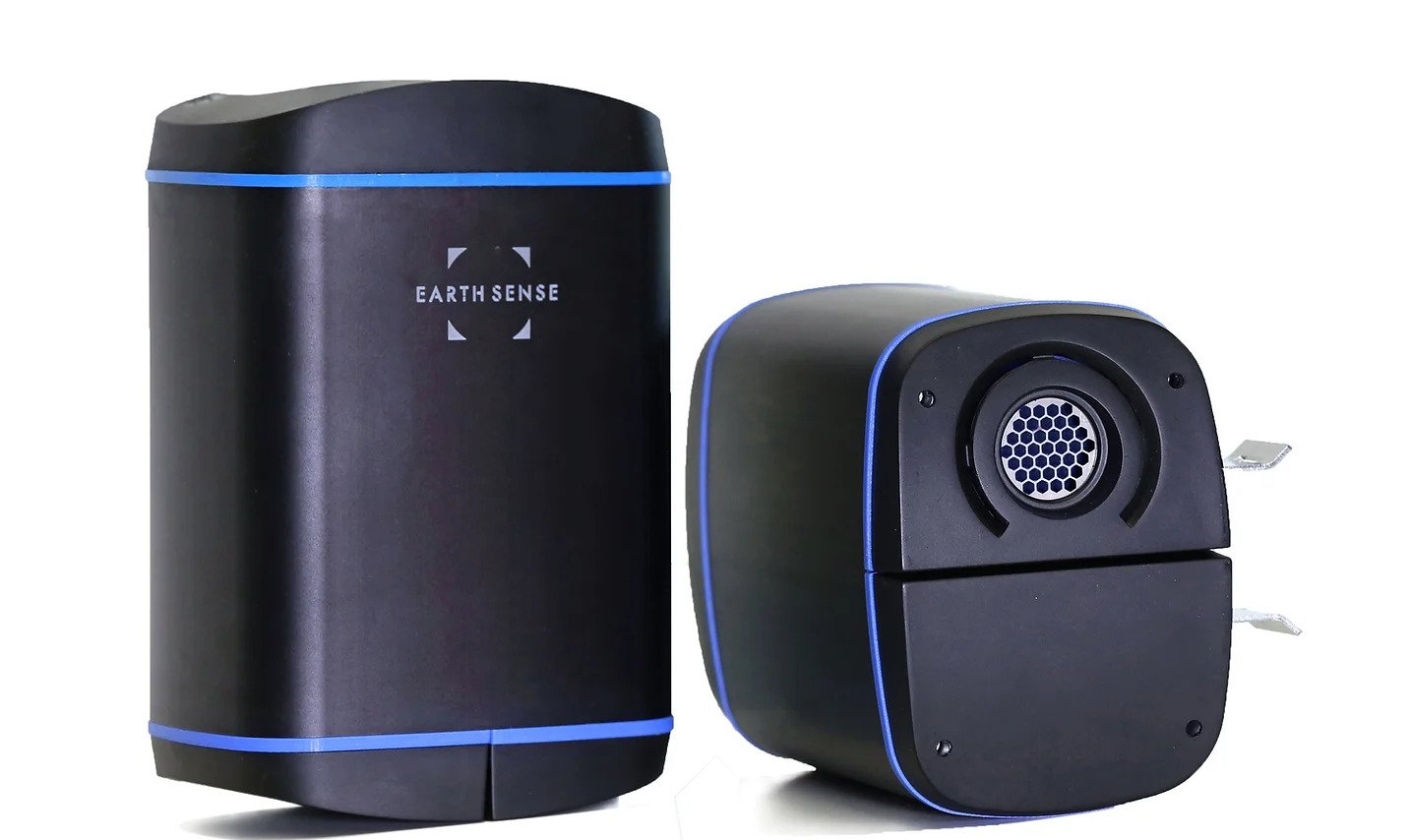April Air Quality: Why is April the Most Polluted Month?
It is an interesting phenomenon that the trend over recent years in the United Kingdom has been for concentrations of PM2.5, that is particles of 2.5 micrometres or less, to be higher during the spring and winter seasons, with April being one of the most polluted months of the year in terms of airborne particulate.
A large contributor for this increased concentration in these seasons is, of course, residential combustion of wood and coal in stoves and open fires. Typically, we burn more fuel to keep warm in these seasons.
Whilst it might be considered a local issue, fine particulate such as PM2.5 and precursor pollutants can travel large distances in the atmosphere meaning that the air we breathe is often influenced by mainland Europe. We mention precursor pollutants as these are pollutants which can react in the atmosphere to create secondary particulate matter. These precursors include pollutants such as Sulphur Dioxide (SO2), which is emitted from burning fossil fuels and reacts in the atmosphere to form sulphate particles, and Nitrogen Oxides (NOx) including nitric oxide (NO) and nitrogen dioxide (NO2); These Nitrogen Oxides are also formed during combustion processes and react with other pollutants to form nitrate particulate.
A report from back in 2012 by the Air Quality Expert Group stated that a peak in early spring is typical for PM2.5 concentrations, as elevated concentrations of nitrates are transported from agricultural operations across the UK and continental Europe (e.g., from fertilisers).
We need nitrates in our soil, but not in our air
As the days get longer and soil temperatures rise in spring, plants are at their lowest energy levels and need a readily available source of nitrogen to kickstart growth. These nitrates are a critical part of fertilisers and are a crucial nutrient for plant growth.
Pollutants in our air are not solely anthropological, however, as the UK is naturally exposed to a certain amount of PM2.5 from sources such as sea spray and pollen. Sea spray generates sea salt aerosols, releasing small particles into the air which can contribute to both the levels and the chemical composition of PM, particularly in coastal areas. Pollen season in the UK runs from around March to September, with the highest pollen counts typically occurring between May and July due to grass pollens, typically ranging in size from 20 micrometres to 40 micrometres in diameter. Some smaller particles, known as sub-pollen particles (SPPs) which are created when pollen grains rupture or break down, however, can be as small as 0.25 to 2.5 microns. Could the increase in pollen production then be a reason that April seems to have higher PM2.5 than other months?
Whatever the myriad reasons for the increased air pollutants during the spring, and particularly April, air quality is a critically important topic and must be managed as such.
Here at Moniteye, we work with a number of manufacturers and suppliers to bring top of the range air quality monitoring to our key sectors, at affordable prices. A fine example of this is at one of our sites on the south coast, pictured below (queue interesting sea spray discussion). At this site, at which there is currently being constructed two new distribution warehouses for a major client, we are monitoring the effects of the works on the local population. This monitoring includes not only MCertified PM2.5 and PM10, but also PM1, NO, NO2, and O3, more commonly known as Ozone. Interestingly, sunlight triggers chemical reactions between pollutants like nitrogen dioxide and volatile organic compounds (VOCs), leading to ozone formation, often meaning O3 concentrations are higher during sunny days. Whilst Ozone in the upper atmosphere protects us from the sun’s harmful UV radiation, ground-level Ozone is a harmful pollutant. Breathing Ozone can irritate the lungs, airways, and respiratory system, leading to symptoms like coughing, chest tightness, shortness of breath, and sore throats.
Air quality monitoring, powered by solar, for a complete environmental package
We are pleased to report that, at this particular site, it has been rare to see PM10 levels above 40 µg/m3, and PM2.5 levels above 30 µg/m3; for a demolition and construction site, this is a very positive outcome for the local residents and our client alike.
Monitoring air quality around construction and demolition sites is often a requirement of planning, however, it is a topic that we should all be mindful of. The construction industry has made great strides over recent years to be conscientious of the local environment, and air quality monitoring, if not a legal requirement at your site, should be considered a must-have.
To secure your air quality monitoring now, give us a call on 01572 770780 or simply complete the form below for our Rapid Response service.




